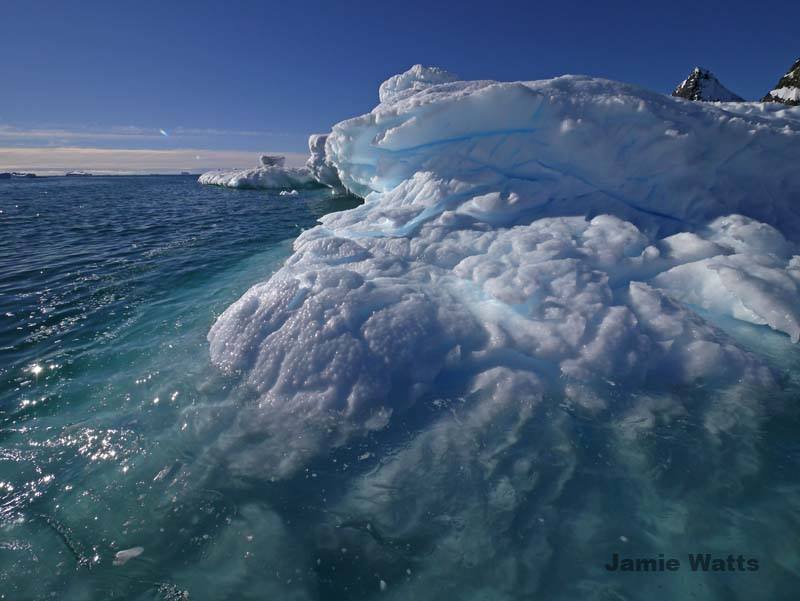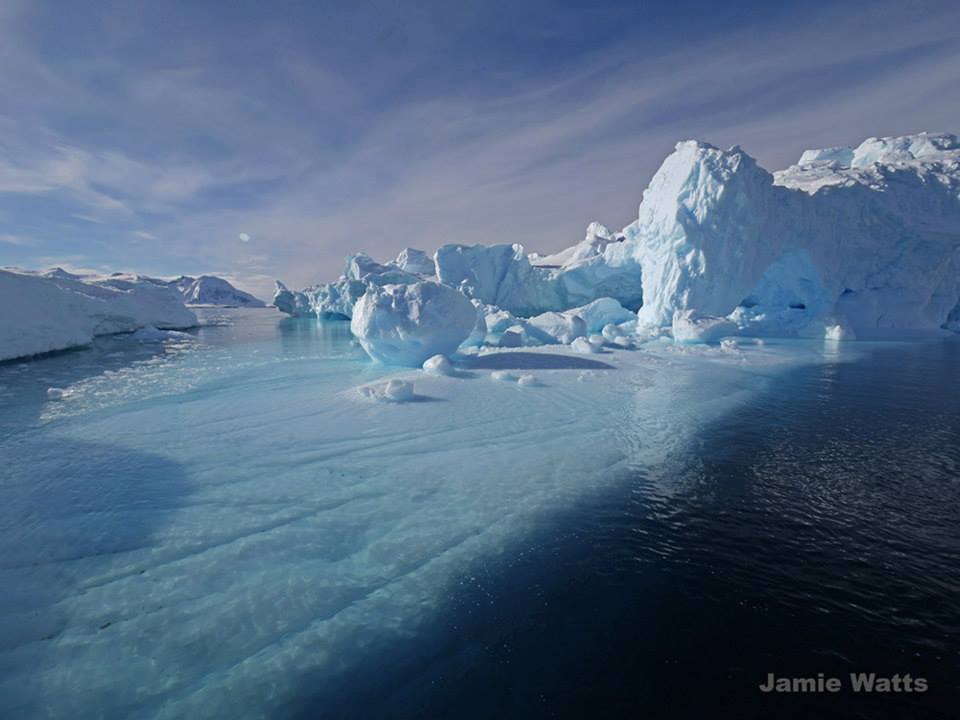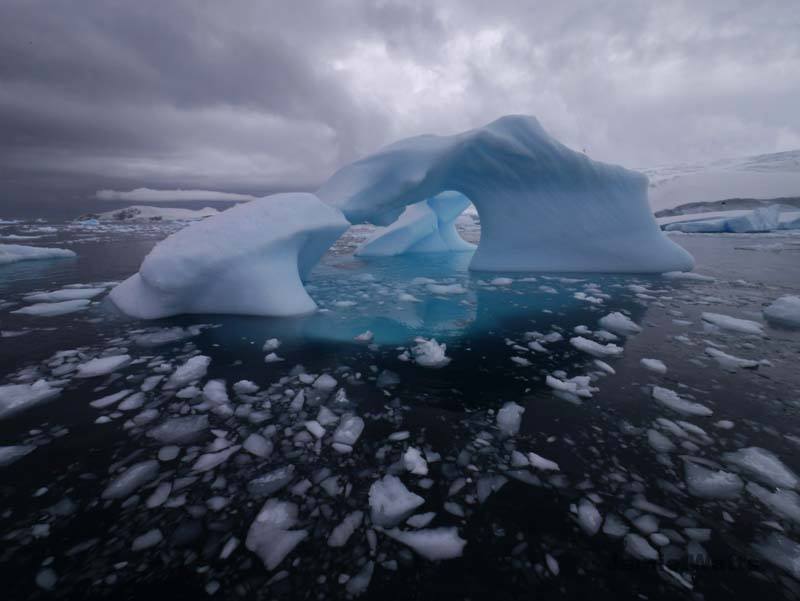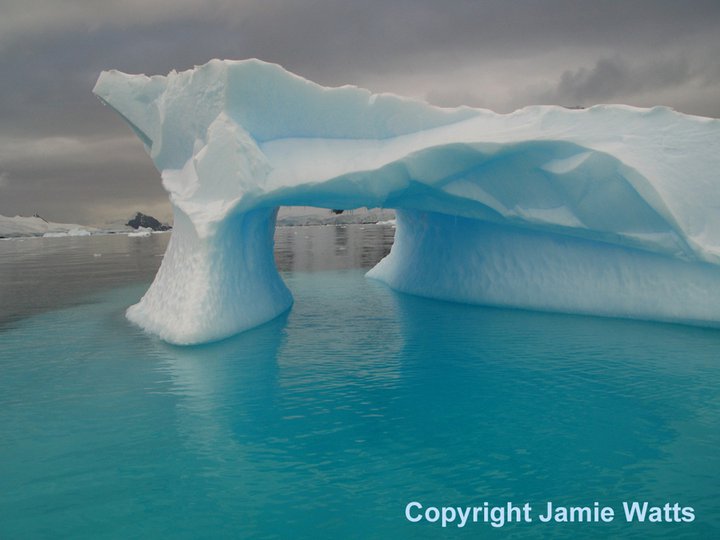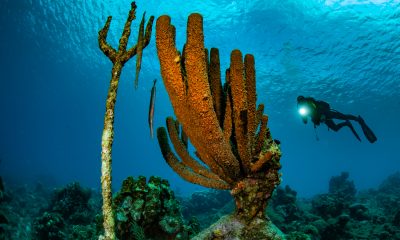News
Whales in the Antarctic
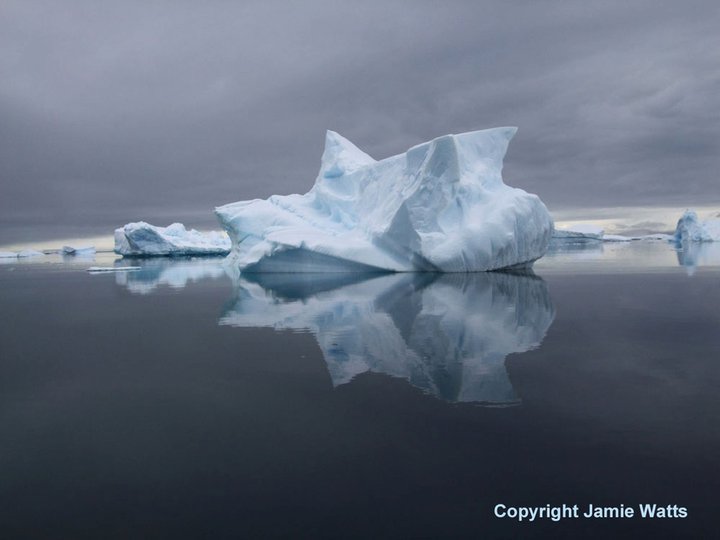
I’ve been coming down to the Antarctic Peninsula nine long summers now, and every year the humpbacks become more conspicuous, more numerous and more interactive. It’s a wonderful thing. Seven per cent population growth a year, researchers are estimating – as fast as they can possibly reproduce. Seven per cent is a magic number – it means doubling in a decade. By somewhere around the mid 2030s they should reach their pre-whaling levels.
We see minkes, mostly in amongst the loose brash, and we often see fin whales, generally out in the Drake or the open Scotia Sea. Very, very rarely we’ll see one of the giant blues; the Antarctic blue, the biggest subspecies of the biggest animal that ever lived – also the subspecies hit hardest by the whalers. But even with them there are positive signs; this year nine blues were seen together off South Georgia.
But the humpbacks – they move where we tourist ships move, outside the thickest ice but in amongst the islands. They don’t slice past us at speed like the others, but linger, stick around, even show curiosity for our Zodiacs and their inhabitants. They are the most playful, the most agile and athletic whale, the greatest migrator and the ones we know and love best.
Cierva Cove is close to where the Antarctic continent was first landed, 195 years ago. A stunning bay, boxed in somewhat by a couple of islands, with a magnificent glacier tumbling down into it from the spine of the Antarctic Peninsula beyond. It catches quite a few of the icebergs passing north from the Gerlache strait, and the back of the bay is impenetrable to our zodiacs much of the time with thick brash and massive bergs. It also catches nice pockets of krill, and this is why on this particular late February morning dozens of humpback whales were working the bay.
We started spotted them way out from our drifting position as soon as we had light – threes and fours, lunging at the surface. Further in we passed several groups close to the ship, and as we slowed down to lower Zodiacs they even started to approach more closely. They weren’t even slightly interested in the ship, I think, they were just working their way through the krill and it happened to bring them in our direction.
First whale up close and personal from the Zodiac was a youngster, perhaps eight or nine metres long and about ten tonnes. It’s a young population and many of these animals are just a few years old. He was energetic, multiple lunges near our little boat, and curious – he spy-hopped us. But he was also somewhat inefficient in his foraging. The faster, sleeker whales work alone and do fast lunges, but that’s not what works best for humpbacks. He was doing short, fast gulps, not opening his throat widely, but more importantly he wasn’t doing anything to herd the krill. Maybe a phone-booth’s volume of water each gulp, but probably only a kilo or so of krill with each mouthful.
The Antarctic krill is earth’s greatest protein and oil source, attracting the largest gatherings of marine mammals and birds on earth. But the average density even here is pretty low – to feed effectively you not only need to find the densest patches of krill but you need to gather them efficiently. Before whaling, the great whales had become ecologically a force to be reckoned with – the greatest consumers of food of any mammal group on the planet (unprecedented for carnivores) until the rise of humans. They were masters of the densest ocean food web of all, due to their stupendous foraging arsenal.
The next humpbacks were a bit more onto it. Three whales working together, they were working spirals, and at least one of them was bubble-netting. Humpback arms are the biggest limbs on earth – over five metres long in large animals. They look odd and lumpy, but it turns out the knobbles and patches of barnacles break up water turbulence, and these long wing-like arms are superbly efficient hydrofoils. Not only do they provide lift – these animals literally fly through the water on the longest migrations of any whale – but they can also bend and twist to give humpbacks incredible high-speed twists and turns that no other whale can perform.
Combined with their rather muscular build and a level of hunting coordination that has never been seen in other whales, this makes for an impressive krill-gathering ability. The larger of these three whales was bubble-netting; swimming below and around the edge of the krill swarm letting out a curtain of bubbles, which herds the krill towards the middle in a tight cluster. The other whales swam around the edge, waving their tails inwards. Then one at a time they would lunge in towards the middle of the prey cluster, taking a large gulp.
Another group appeared, closing in and before long was working alongside this trio – the two groups even looked to be helping each other out – packing their two krill patches tight right up against each other. The new trio included two larger animals – thirteen metres or more and perhaps thirty tonnes apiece, and both were bubble-netting. I have seen dozens of bubble-nets and they always spiral inwards to the right. Humpback whales, like Derek Zoolander, are not ambi-turners, apparently.
A couple of times the bubbles started to surface just ahead or just to the side of the Zodiac. I wasn’t concerned – I have never known a whale to be anything other than superbly aware, sensitive to and more than able to avoid boats or swimmers.
It seems that the humpbacks improve the art and technique of bubble-netting as they mature. It requires coordination and communication, as well as rather an impressive use of the ever-tightening turns afforded by those huge arms. We have no idea how they coordinate, or indeed how they are aware of or find the krill in the water, but the concentrations of krill they absolutely depend on – kilogrammes per cubic metre – are rather high. The two larger whales of the joining trio did a classic, elegant double spiral of bubble nets. The first whale started a ring about fifteen metres across, then fifteen seconds later a second set began to appear across the other side, both spiralling in together in a beautiful fractal symmetry. A pause and then a lunge – all three whales at 45 degrees upwards through the middle of the concentrated krill patch.
The sheer physics of the lunge itself is pretty impressive. Off Alaska where the humpbacks hunt faster-moving prey the lunges are fast, vertical and vast. Down here, the krill-eaters are somewhat more sedate, but still impressive. The smaller, younger animals seem to have less distendable throats and do shorter, almost horizontal surface lunges, sometimes flopping over on one side. I even saw a young whale last year porpoising over the top and opening its mouth as it came down on top of the krill patch.
The bigger, older whales seem to mature their abilities and perhaps become more physically flexible in the throat. They lunge straight upwards after a tight turn at the end of the bubble-net. They accelerate then snap their mouths open wide – up to about right angles – at the last couple of seconds just before they hit the surface. The articulation of the jaw opens out on elastic tendons, and the front joint of the jaw is similarly flexible so that the arch of the jaw opens outwards to widen the scoop. The forces are enormous. The grooved throat balloons out to about the size of a small garage to take in up to twenty tonnes of water in a large adult, the sofa-sized tongue turned inside out by the force of the sudden opening of the parachute-like gape. The mouth then snaps shut, sealing quickly at the front of the lips, squeezing out tonne after tonne of water through the filter of the baleen plates hanging from the sides of the top lip as it zips shut from the tip of the snout backwards on either side. Then the throat squeezes, water gushing back through the baleen and out of the downturned corners of the mouth over the eyes. The sides of the jaw and the muscular throat, deformed by the pressure of the lunge, slowly pull back into place.
An Antarctic humpback might gather tens of kilos with each gulp, and after a good morning of feeding have a tonne of krill in their stomach. Only the fin and blue whales, with their even larger gapes and faster open-water lunges can gather more. The humpbacks gorge themselves, defecating as they are feeding to make space to squeeze in more krill, the big ones gaining ten to fifteen tonnes in a season. The largest get to fifty tonnes or more, as big as the largest dinosaurs. The faeces seeds the ocean with iron – and until 75 years ago gave the Southern Ocean an iron boost that fertilized the seas and drove up plankton productivity as well as natural carbon sequestration. And they’re coming back.
In every direction, groups of three to four whales moved around, sometimes coming together as clusters, sometimes spy-hopping close to our boats. We left them for a while to play in the brash and look at some icebergs and a dozing leopard seal, but on the way back to the ship came across more groups. We had to get back, the ship had to leave, to head north towards Elephant Island then South Georgia.
Oh all right, then, one more group of whales….
Visit Jamie’s website for all his latest news and blogs: www.jamiewatts.co.uk
Jamie’s blog was provided by Oonasdivers.
Blogs
TRAVEL BLOG: Jeff Goodman Dives SOMABAY, Part 3

Today we are diving one of the outer reefs from an inflatable. As we reach the bottom, a reef octopus eases its way into the cover of a small crack in the coral while displaying it’s incredible ability to change colour. They are arguably one of the most charismatic of reef dwellers and it is always exciting for me to simply hover and watch. I would have spent longer and waited for it to come and investigate me, but as dive time is limited we wanted to move on and find a turtle.
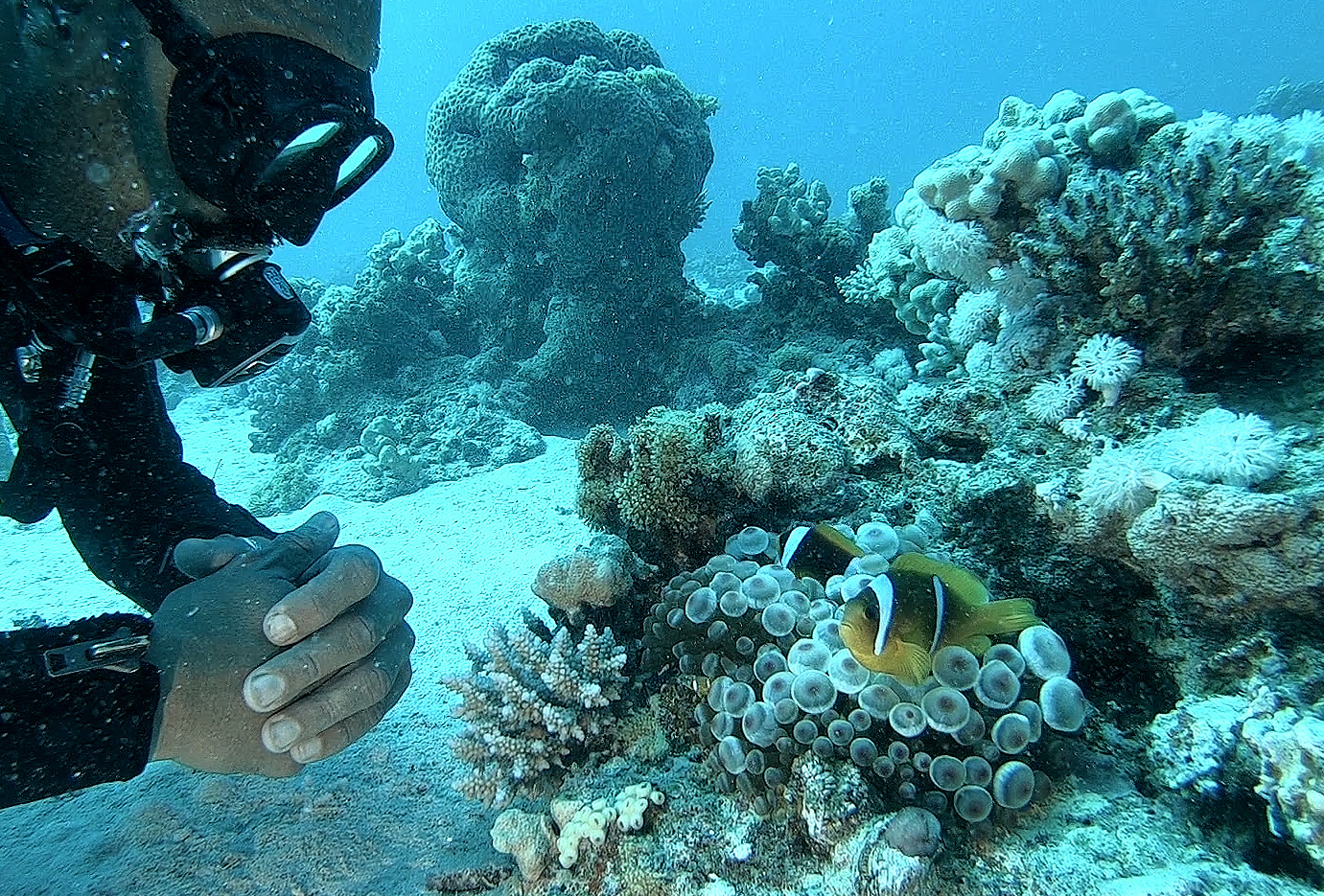
The waters around Somabay are well protected and hold a rich variety of marine life. The reef edges are thriving colonies of coral and shoaling fish, while nearer the sea bed plenty of wildlife is still to be found.
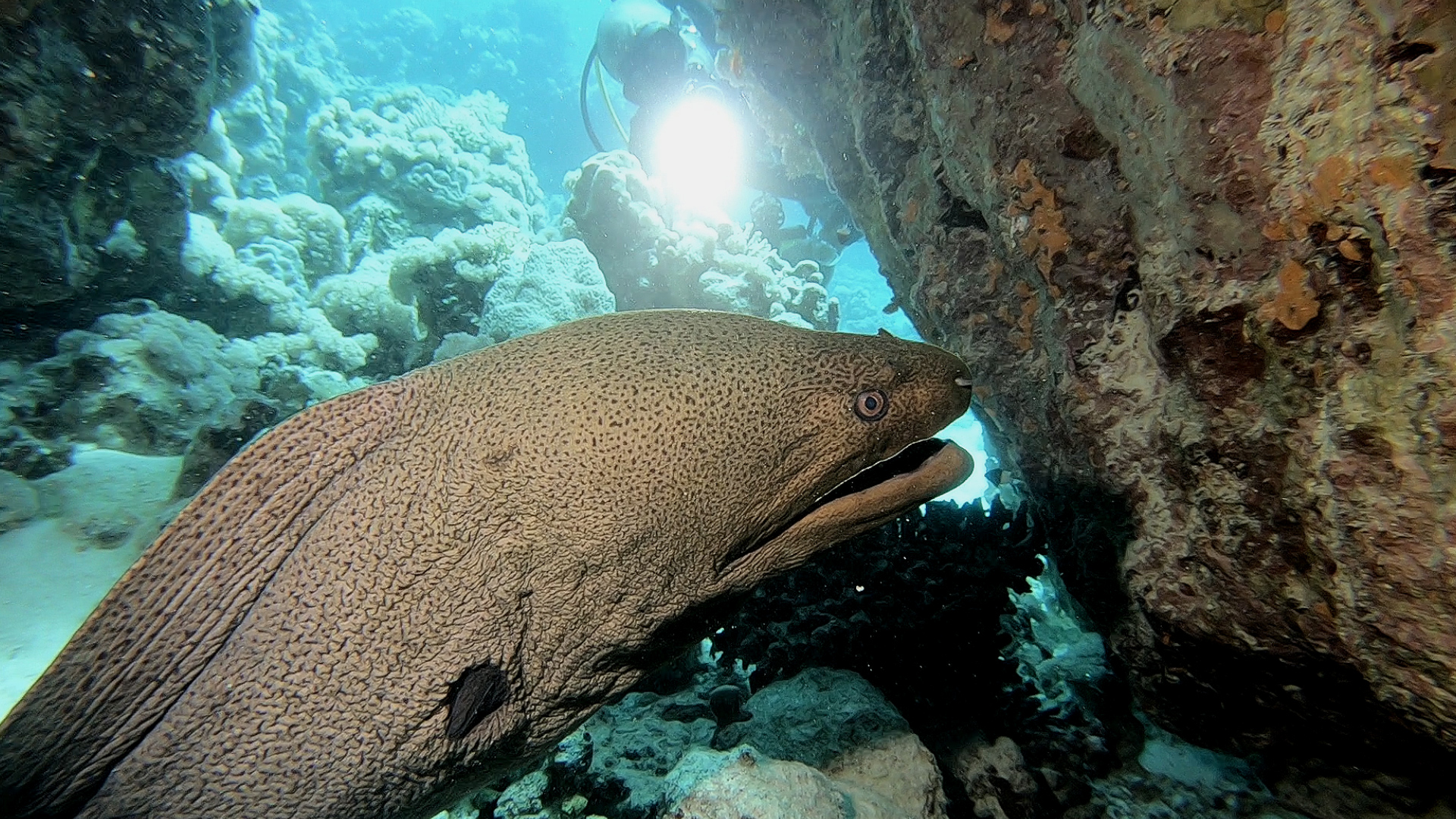
Then we located the turtles. They are very used to divers and so show little concern when slowly approached. In fact occasionally one will come over to see what you are doing. There is always huge excitement when diving with a turtle. The shear thrill of sharing a moment with another species.
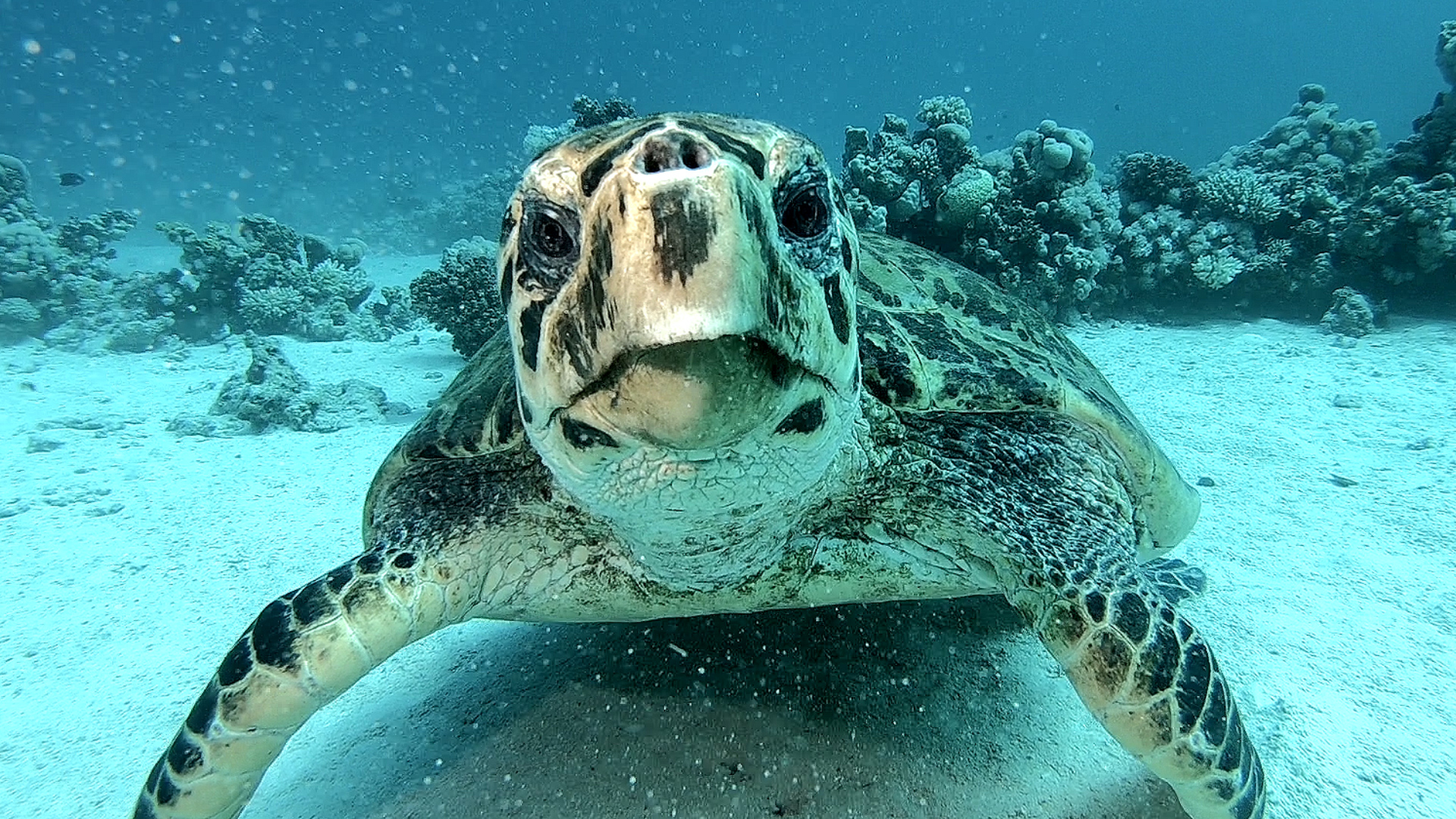
What a fantastic way to finish a wonderful few days diving and I would like to thank SOMABAY, ORCA DIVING and THE BREAKERS for making my stay such a good one.
I had a great time, with diving everyday either on the house reef or on one of the offshore reefs by inflatable or larger day boat. Orca diving provided high quality equipment and facilities while the staff were all very friendly and welcoming. The Breakers was right on the coast with nice rooms, good food and once again friendly staff making the whole trip a real pleasure.
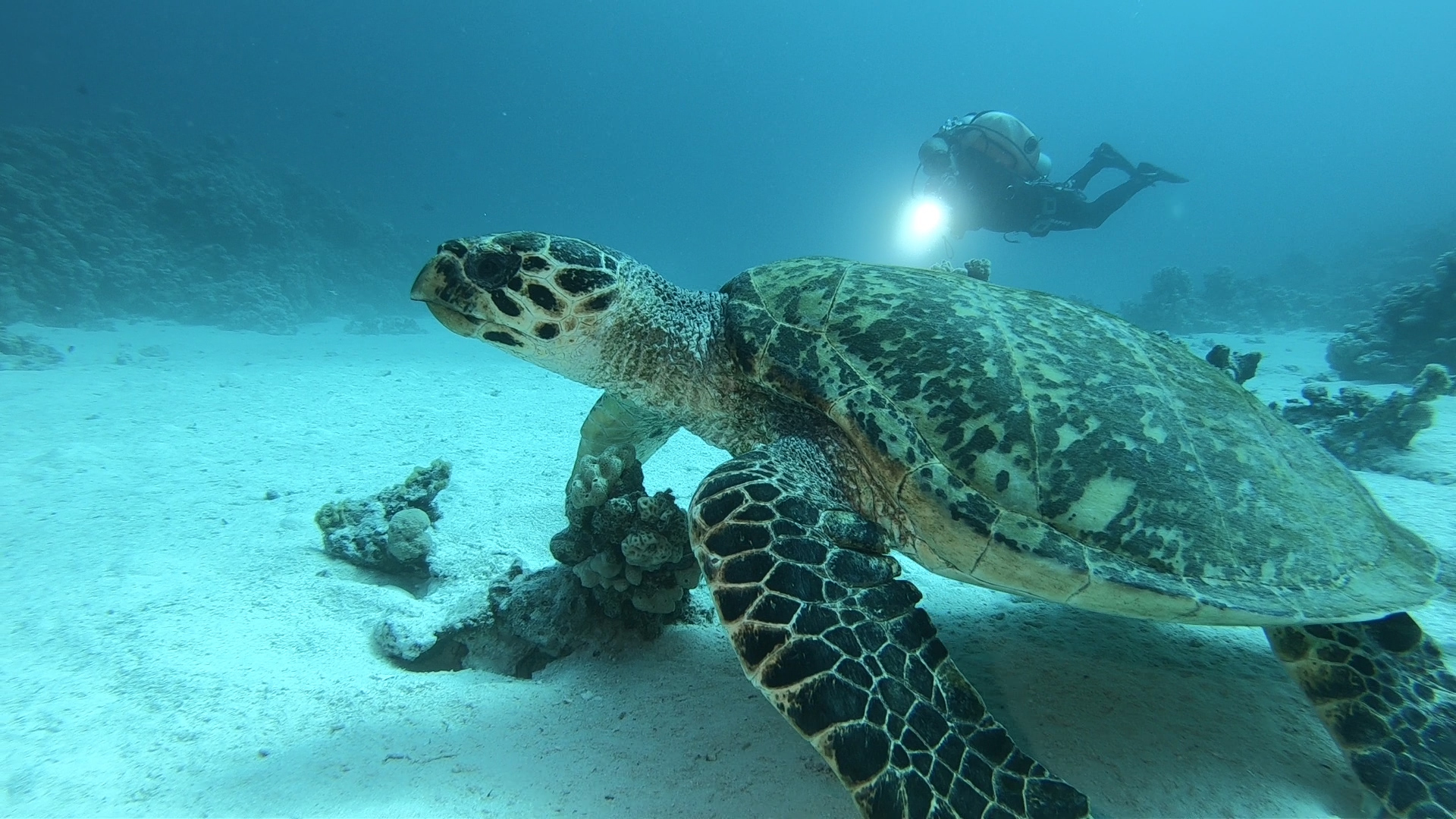
Soma Bay covers an entire peninsula and is home to several resorts as well as residential compounds.
As well as scuba diving, Somabay caters for many other sports and activities, and so is perfect for families as well as individuals and/or groups. And of course there is always time to lay peacefully on the beach under the Egyptian sun.
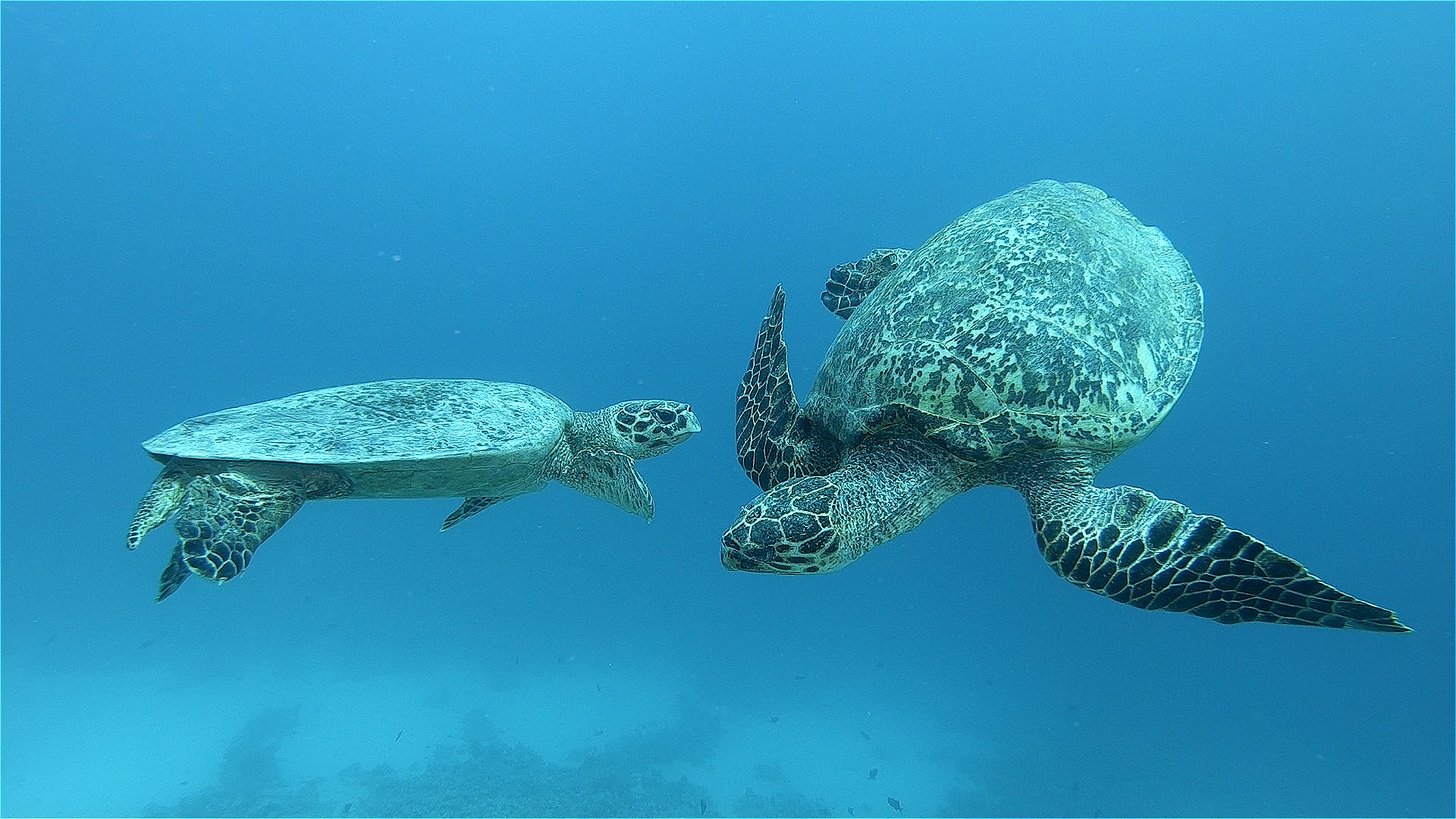
Book your next Red Sea dive adventure with SOMABAY! For more information, visit www.somabay.com.
Stay at the Breakers Diving & Surfing Lodge when you visit! For more information, visit www.thebreakers-somabay.com.
Find out more about ORCA Dive Clubs at SOMABAY at www.orca-diveclubs.com/en/soma-bay-en.
Blogs
TRAVEL BLOG: Jeff Goodman Dives SOMABAY, Part 2

Day three of my trip to Somabay and we were spending the day on the Lady Christina and diving on the wreck of the Salem Express.
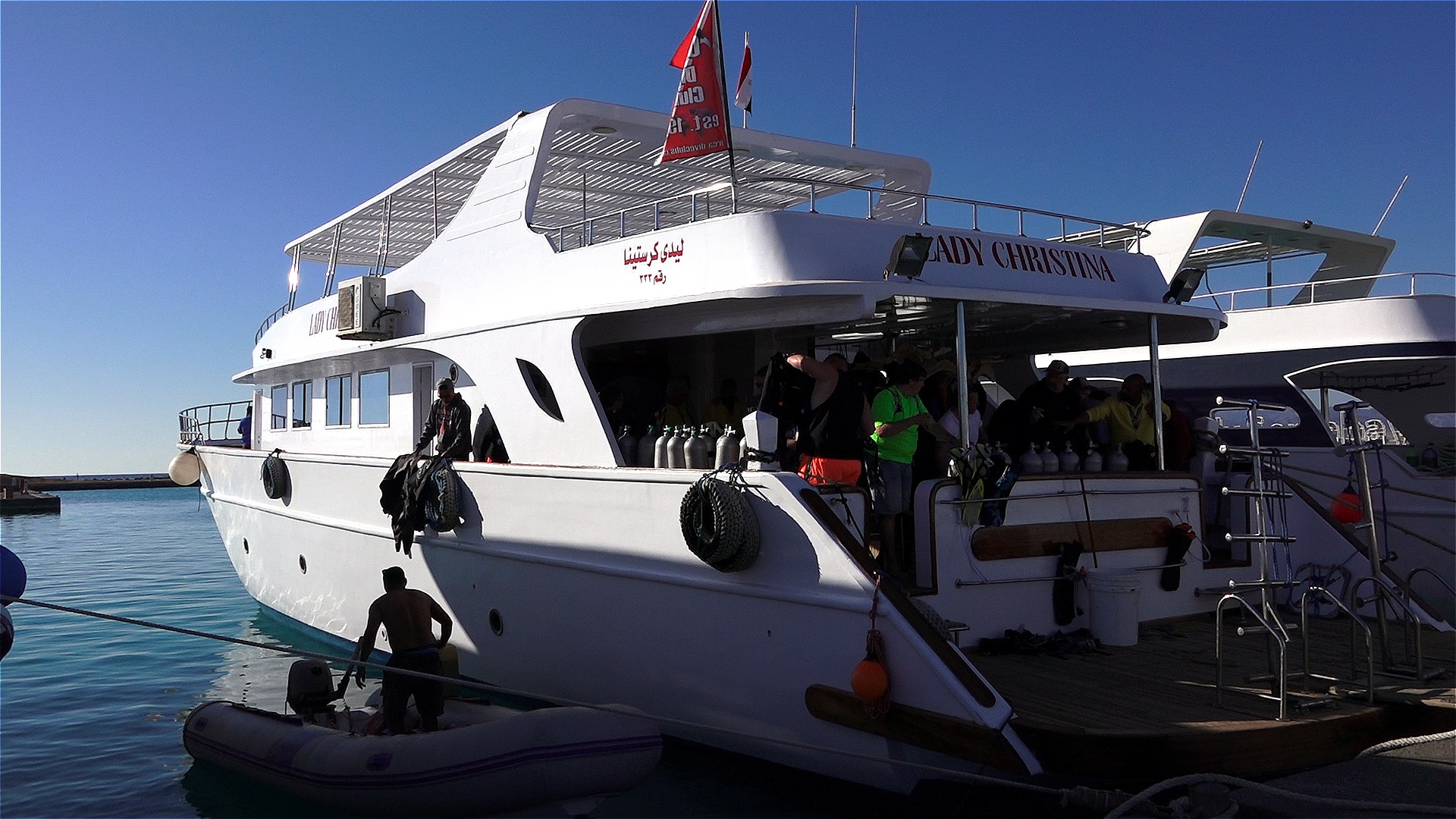
Diving wrecks for me is always one of mixed emotions. The excitement of diving a wreck is more than often tempered by the thought of loss of life when she sank. The Salem Express was a passenger ship and a roll-on/roll-off ferry travelling from Jeddah, Saudi Arabia to Safaga, Egypt. Most passengers were of poor class travelling home from their holidays while around 150 people were returning home from their pilgrimage to Mecca.

The ship struck a reef and sank within 20 minutes. Passengers were trapped below deck and the ship was filled with fear and panic.

The wreck area is strewn with personal belongings from the crew and passengers such as a transistor radio and a flat iron for clothes. A diver at sometime has put them in a prominent place to be seen.

Tragically only one life boat was launched while the others went down with the ship. More than 600 men, women and children lost their lives here.

It’s a stark reminder that the sea can be unforgiving and so when we dive on such wrecks we should do so with humble regard.
Returning to the surface, shoals of fish are gathered under our boat and seem to be welcoming us back into the light.
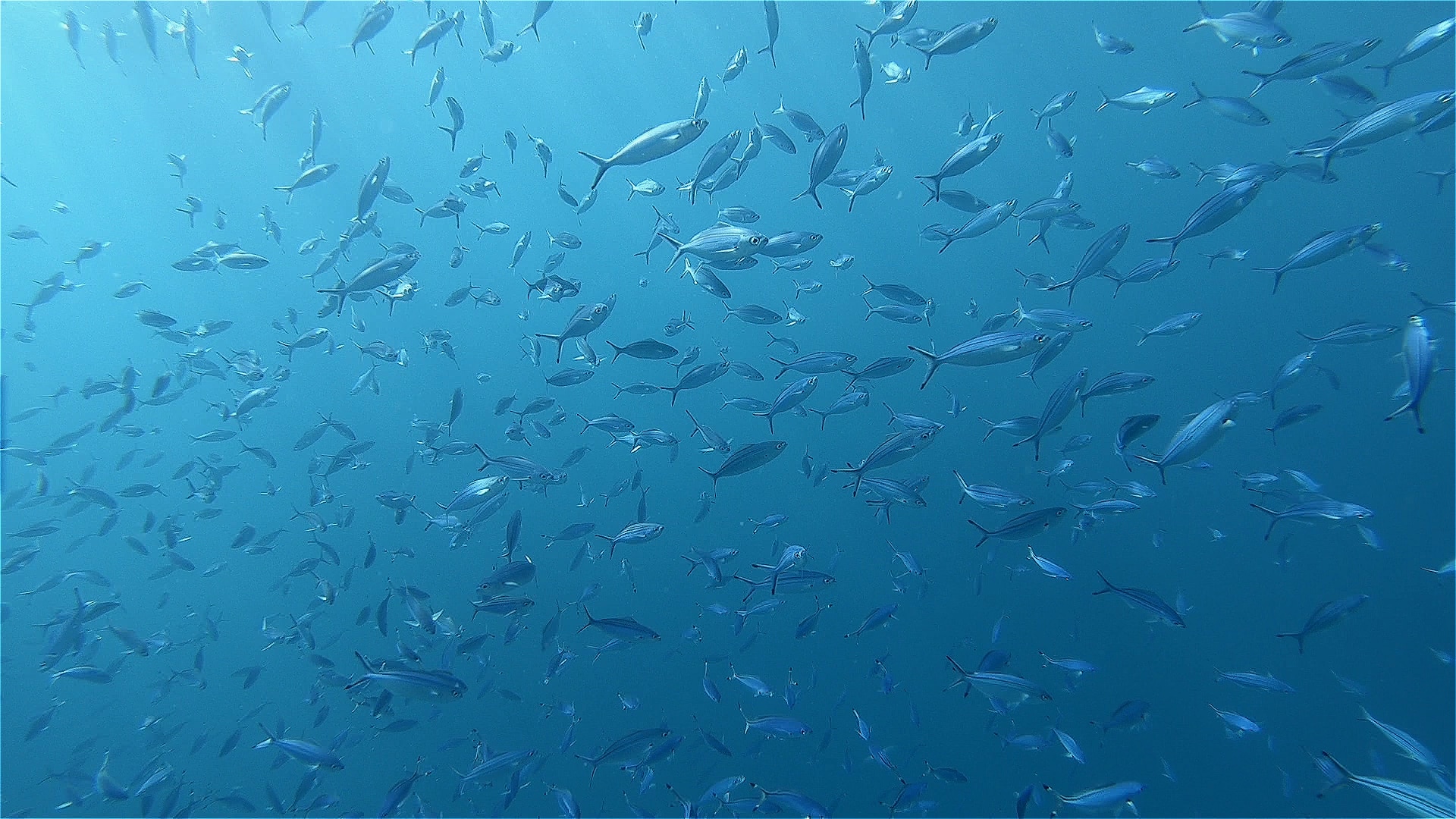
Back at the Breakers I sat in the dining area with a beer and a very good meal while my thoughts still remained with the day’s dive on the Salem Express.
Check in for part 3 tomorrow for Jeff’s last day of diving with Somabay on the off-shore reefs looking for turtles.
Book your next Red Sea dive adventure with SOMABAY! For more information, visit www.somabay.com.
Stay at the Breakers Diving & Surfing Lodge when you visit! For more information, visit www.thebreakers-somabay.com.
Find out more about ORCA Dive Clubs at SOMABAY at www.orca-diveclubs.com/en/soma-bay-en.
-

 News3 months ago
News3 months agoHone your underwater photography skills with Alphamarine Photography at Red Sea Diving Safari in March
-

 News2 months ago
News2 months agoCapturing Critters in Lembeh Underwater Photography Workshop 2024: Event Roundup
-

 Marine Life & Conservation Blogs2 months ago
Marine Life & Conservation Blogs2 months agoCreature Feature: Swell Sharks
-

 Blogs1 month ago
Blogs1 month agoMurex Resorts: Passport to Paradise!
-

 Gear News3 months ago
Gear News3 months agoBare X-Mission Drysuit: Ideal for Both Technical and Recreational Divers
-

 Blogs2 months ago
Blogs2 months agoDiver Discovering Whale Skeletons Beneath Ice Judged World’s Best Underwater Photograph
-

 Gear Reviews2 months ago
Gear Reviews2 months agoGear Review: Oceanic+ Dive Housing for iPhone
-
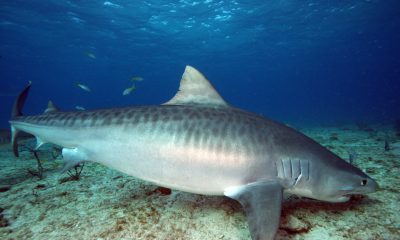
 Blogs3 months ago
Blogs3 months agoThe Thrilling Encounter with Tiger Sharks at Beqa Lagoon’s ‘The Colosseum’ with Coral Coast Divers


